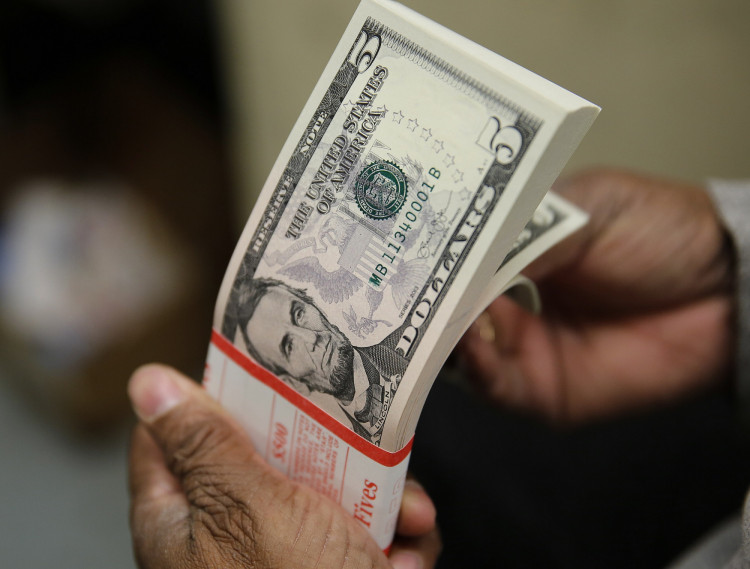Millions of Americans are still feeling the effects of red-hot inflationary pressures that have reached a four-decade high.
According to a new Moody's Analytics report, the average American is now spending an extra $311 per month owing to rising inflation.
Data from the Bureau of Labor Statistics show that the consumer price index (CPI) increased 8.3% year on year in April, down from 8.5% in March, which was the highest since 1981. Prices increased by 0.3% month on month from March to April.
Inflation expectations are rising; on a year-ago basis, inflation was 8.2%, compared to 2.1% in 2018 and 2019, costing the average family an extra $311.78 per month to buy the same basket of goods and services as last year, according to Moody's Analytics senior director Ryan Sweet.
"This is a little less than last month but still a noticeable burden on households," Sweet said.
In an effort to contain inflation, the Federal Reserve approved a half-point interest rate increase last week, following a quarter-point increase in March.
Markets are currently expecting the Federal Open Market Committee to approve another half-point raise in June and subsequent months.
"Inflation is much too high, and we understand the hardship it is causing, and we are moving expeditiously to bring it back down," Fed Chair Jerome Powell, who received a second four-year run at the central bank's helm on Thursday, told reporters last week.
Assuming that economic and financial circumstances evolve as expected, Powell continued, the committee believes that additional fifty basis point hikes should be considered in the next two sessions.
However, there are rising fears that an increasingly hawkish Federal Reserve may push the U.S. economy into a deep recession. According to Fox Business, Wall Street corporations such as Bank of America, Fannie Mae, and Deutsche Bank are anticipating an economic collapse within the next two years.
Meanwhile, Powell acknowledged on Thursday that there are no guarantees that the Fed will be able to orchestrate a smooth landing. The question of whether we can execute a soft landing or not, he remarked in an interview with National Public Radio's Marketplace.
"A soft landing is, is really just getting back to 2 percent inflation while keeping the labor market strong. And it's quite challenging to accomplish that right now," he continued.






